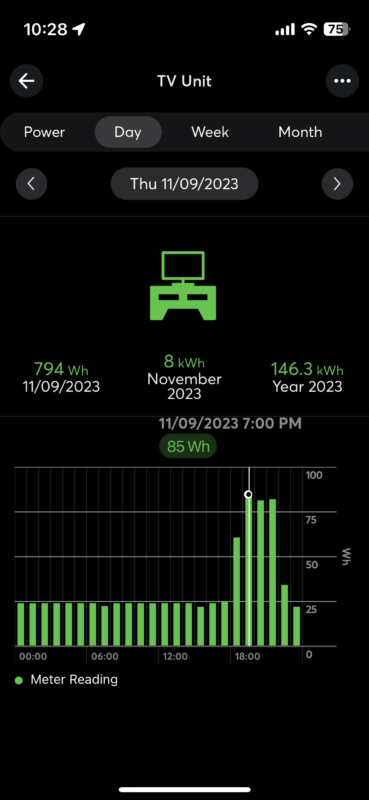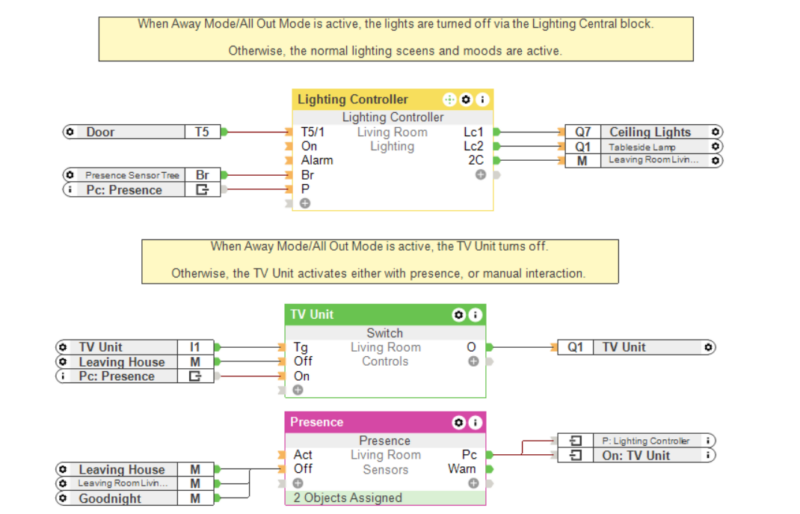Brief: Using Smart Sockets to monitor energy usage and turn off devices not in use to reduce costs and increase user comfort.
Although a home is not as complex or large-scale as business operations, people can still use an extensive amount of devices that require power. Our daily lives heavily rely on electricity: it assists with essential tasks like powering a laptop for those working from home and adds to our quality of life by keeping an electric blanket warm. As with all electric appliances, these use a certain amount of power each time they are switched on.
Standby devices such as computers and laptops, TVs and cameras, gaming consoles and chargers etc can become “energy vampires” especially when their usage is added up. Even when these appliances are in standby mode, they consume power.
This can contribute to significant energy waste over extended periods, especially when several devices are involved, which makes it difficult to pinpoint the flow of electricity and identify the most wasteful appliances. The accumulated energy consumption results in higher electricity bills for owners and tenants. Over the course of the year, these costs can add up significantly, which can be especially troublesome during the winter months when keeping the heating on is necessary.
It is not convenient to expect residents to go around their home and switch devices off at the plug each time they leave home just to save energy. So is there a system that can do this for us? In addition, wouldn’t it be great if that same system gave us remote control over devices plugged in around our home – never having to turn back home to check if the hair straightener was left on, for example.
Solution: How to set up the energy monitoring function and commission the ‘Standby Killer’ feature.
With additional software features configured by you as a Loxone Partner, the Loxone Smart Socket can help to reduce energy waste and lower the bills by identifying “energy vampires”, especially devices on standby, and allowing the smart home system or manual intervention to switch these off when not in use.
The Smart Socket Air is essentially a switchable relay based on Loxone Air technology. Software is what sets it apart. One of its distinguishing features is the ability to provide energy consumption data for any device that’s plugged into it. This provides immediate insights into which devices or appliances are consuming the most power, enabling homeowners and residents to make informed decisions about their usage patterns. Moreover, with intelligent automation from Loxone, the Smart Socket Air can be programmed to turn off devices when they’re not in use to ensure that electricity is consumed only when necessary. Similarly, if there are solar panels linked to the installation, you can configure certain devices to turn on to make use of green energy. This not only results in significant energy savings but also can help with reducing the electricity bills and provide peace of mind.
In combination with the Smart Socket Air, the Loxone App allows your clients to check their usage data and their devices’ on and off status, and remotely flip the switch if needed from anywhere.
Let’s look at a real cost-saving example:
This TV unit has a smart socket added to monitor the standby power to see how much energy is being wasted when the user is not at home. The TV unit has a TV, smart speaker, games console, Qi wireless charger for a smartphone and smartwatch. All of these devices will have you believe they are on standby as they are not being used when the user is not home.
However, we can see from the screenshots that the standby power of the TV unit is 24Wh, and we can see that the user is only actually using these devices for 4 hours in the evening. This means that for 20 hours every weekday, 24W is being wasted every hour and this is costing the user approximately £50 a year. Considering this is a one-bedroom bachelor flat, this is a significant portion of the user’s energy bill. This is a great example of how a smart socket can eliminate that wastage straightaway.
Note: Many household consumer devices have an internal shutdown process that they should follow before they can be switched off at the socket, for example, smart TVs, gaming consoles, etc. Therefore, user behaviour should still include turning these devices off via the remote, for example, and not completely rely on the killing of power by the Smart Socket Air.
Hardware:
- Miniserver (can be Miniserver, Miniserver Compact or Miniserver Go)
- Air Base Extension (when using a Miniserver)
- Smart Socket Air (1 per device/outlet that you want to monitor/control)
Configuration:
Download the sample Config file:
Smart Sockets in residential buildings
Video:



